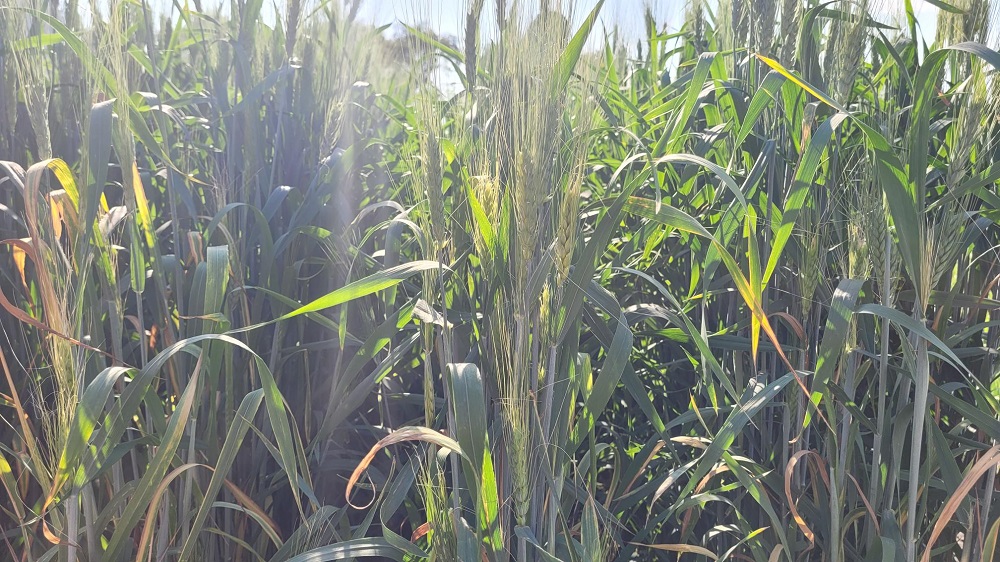Canada’s annual inflation rate slowed to 3.8 per cent in September as prices for a range of goods and services rise more slowly, including durable goods and grocery prices.
Statistics Canada released its latest consumer price index report on Tuesday, which showed inflation resumed its decline, after rising during the summer to four per cent in August.

The federal agency said grocery prices were up 5.8 per cent in September on an annual basis compared with a year-over-year increase of 6.9 per cent in August.
The report shows the main upward pressures on annual inflation last month were mortgage interest costs, rent, food purchased from restaurants, gasoline and electricity.
Meanwhile, lower prices for telephone services, natural gas, air transportation, childcare and housekeeping services and furniture helped pull inflation down.
In Saskatchewan, the rate of inflation dropped from 4.4 percent in August, to 3.5 percent in September. In Regina inflation dropped to 4 percent in September, from 4.6 percent in August. Saskatoon dropped from 5.1 percent, to 4 percent.
The latest data comes a week before the Bank of Canada’s next interest rate announcement and updated forecast for inflation.
The central bank’s key interest rate sits at five per cent, the highest it’s been since 2001.
Bank of Canada governor Tiff Macklem recently said he expects the governing council’s deliberations to focus on whether the central bank should exert more patience with inflation, or act swiftly to clamp down on price growth.
The central bank has been fighting runaway inflation with higher interest rates since March 2022. And while inflation has not yet returned to its two per cent target, the central bank is trying to not overdo it with rate hikes, given the economy has already started to buckle under the weight of higher borrowing costs.
The Bank of Canada will be paying close attention to core measures of inflation, which strip out price volatility, to gauge the direction in which inflation is headed.
The inflation report showed the central bank’s preferred core measures have decelerated since August, but remain elevated.









